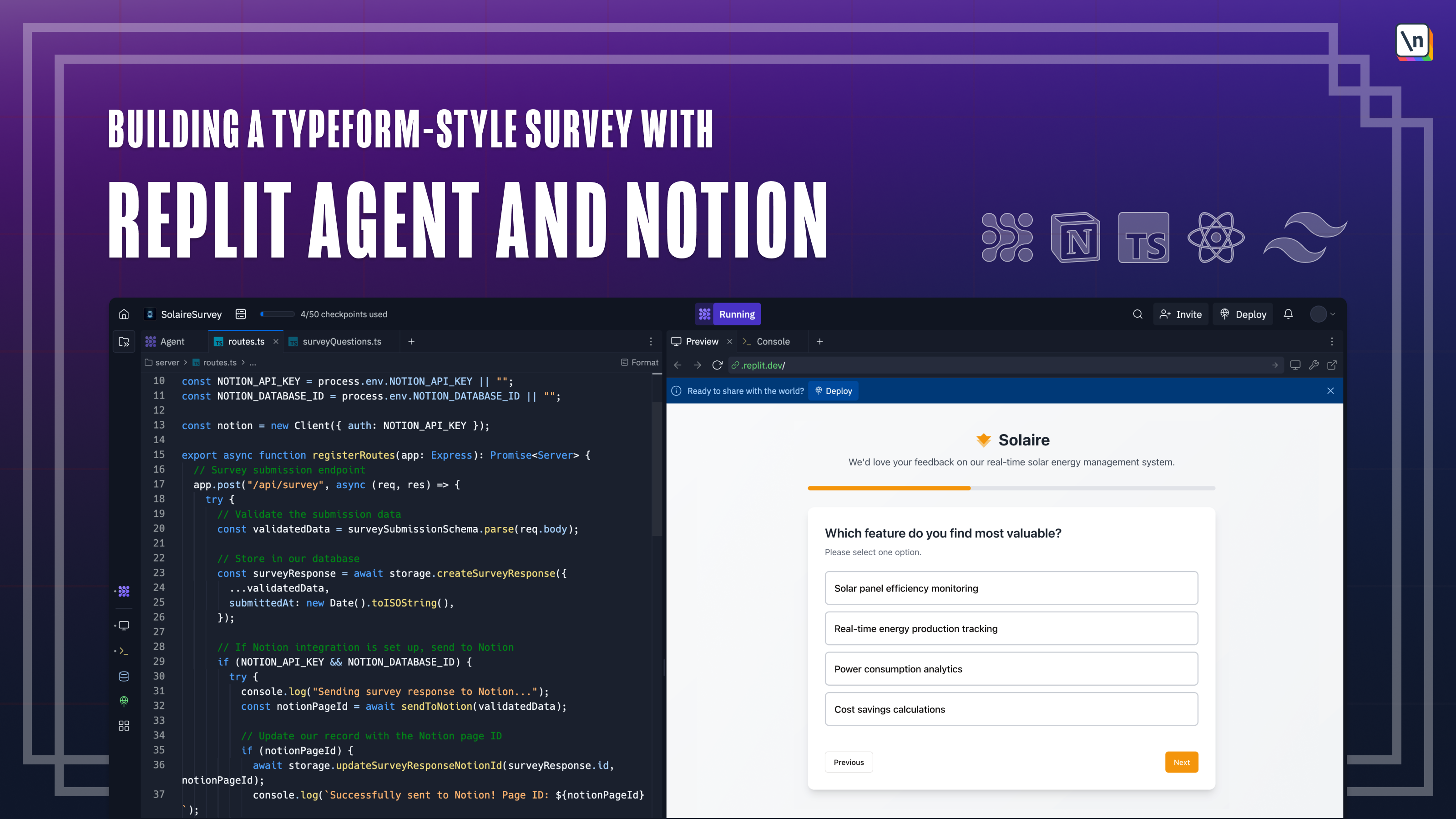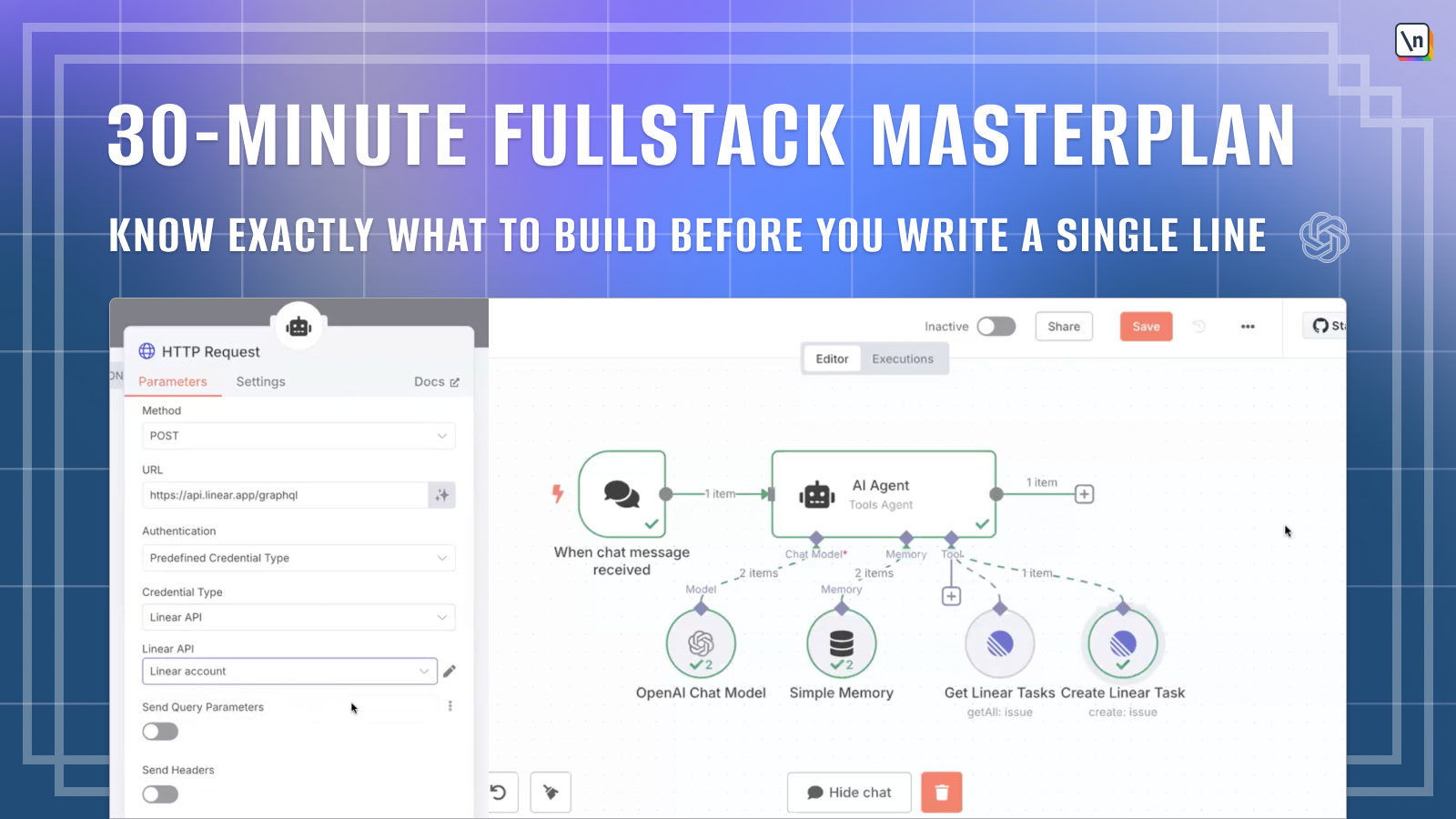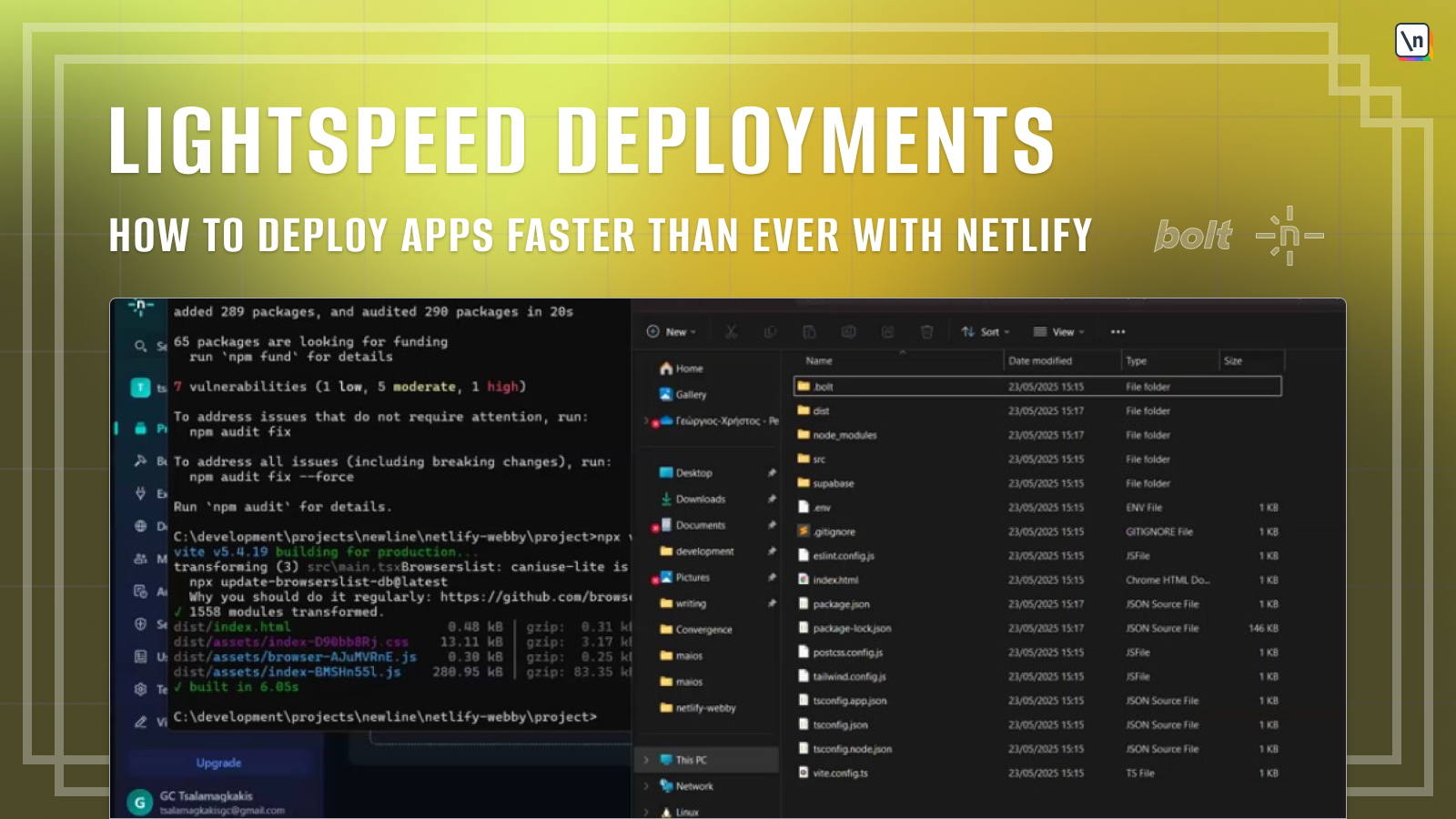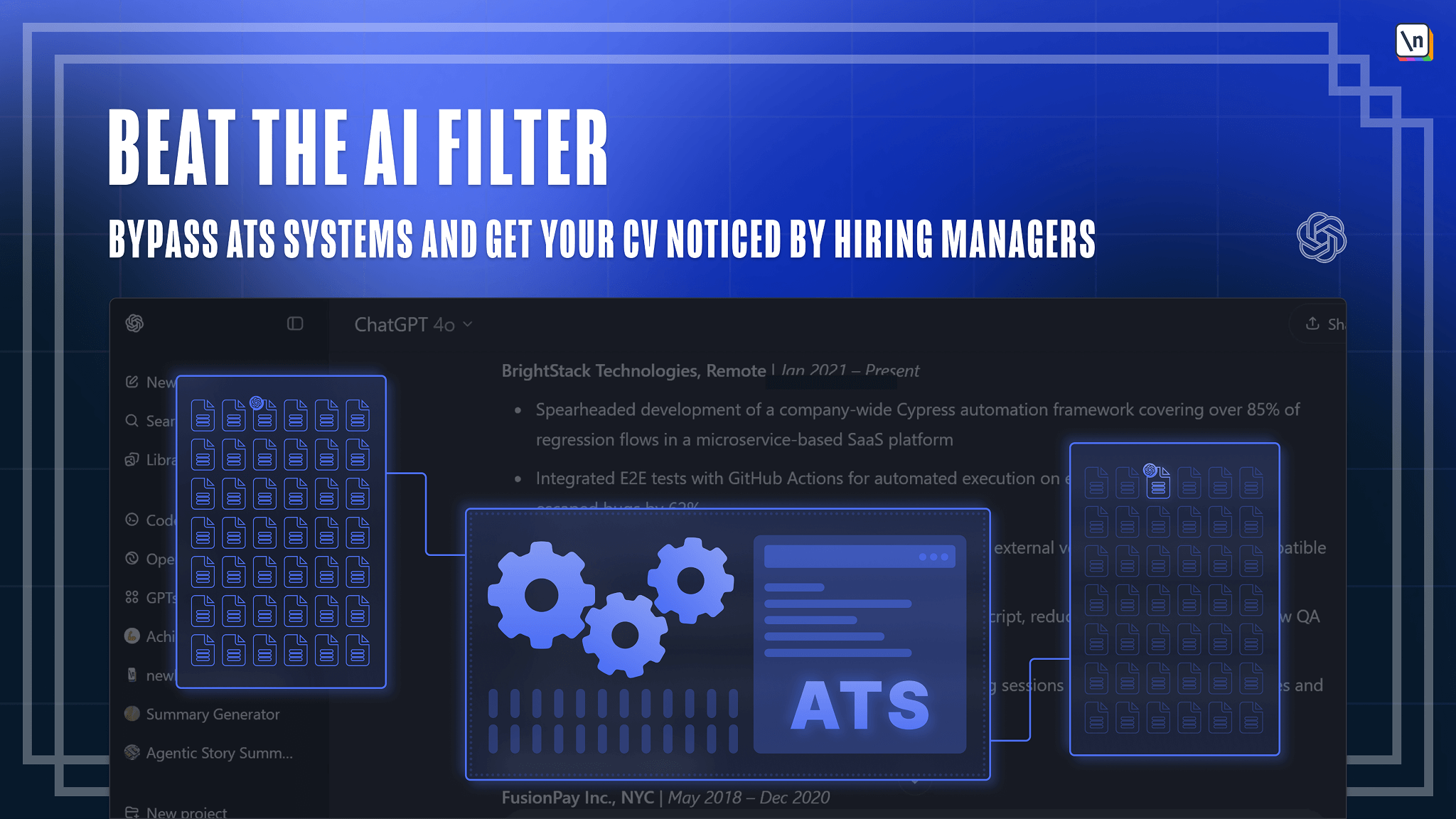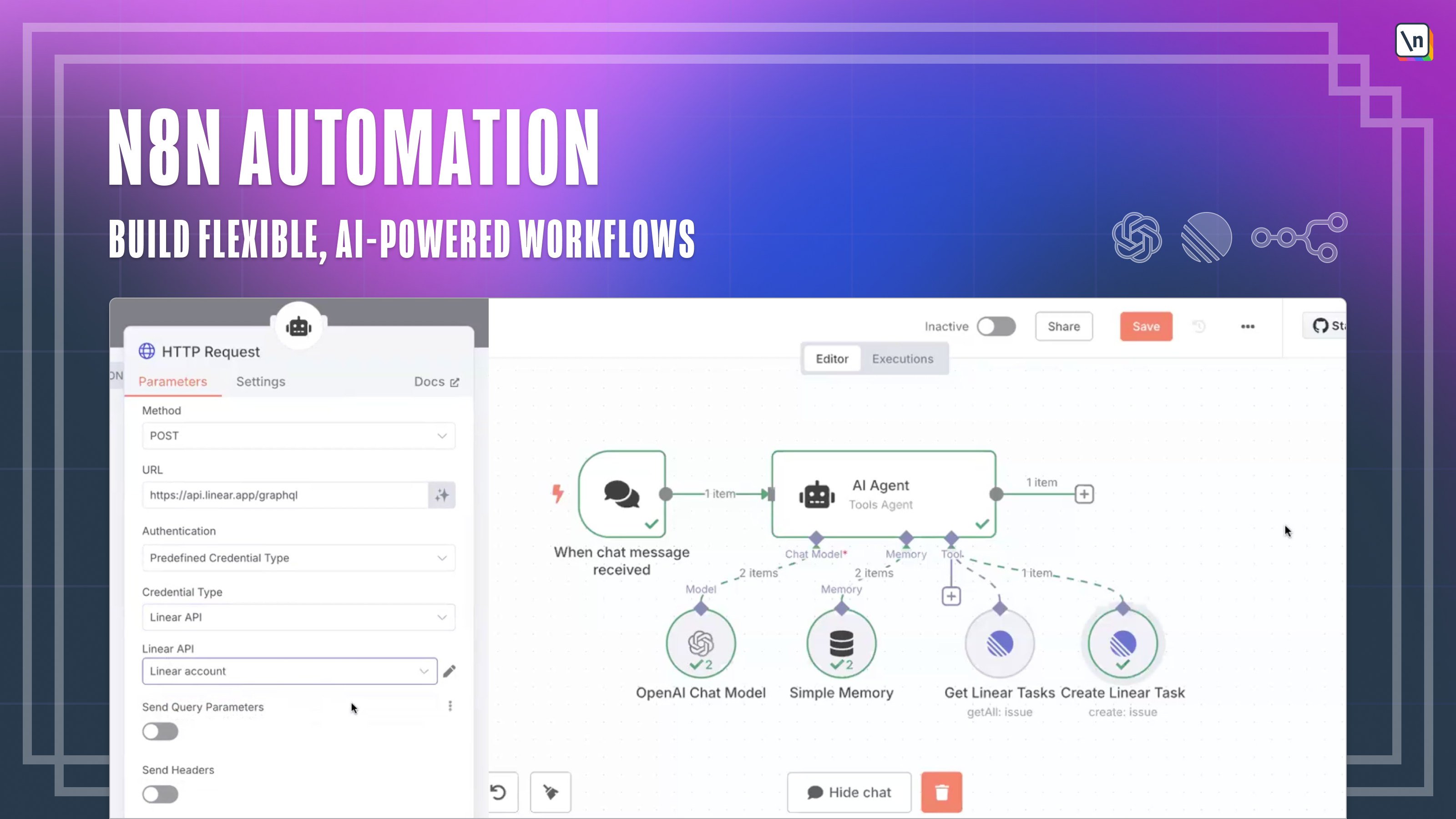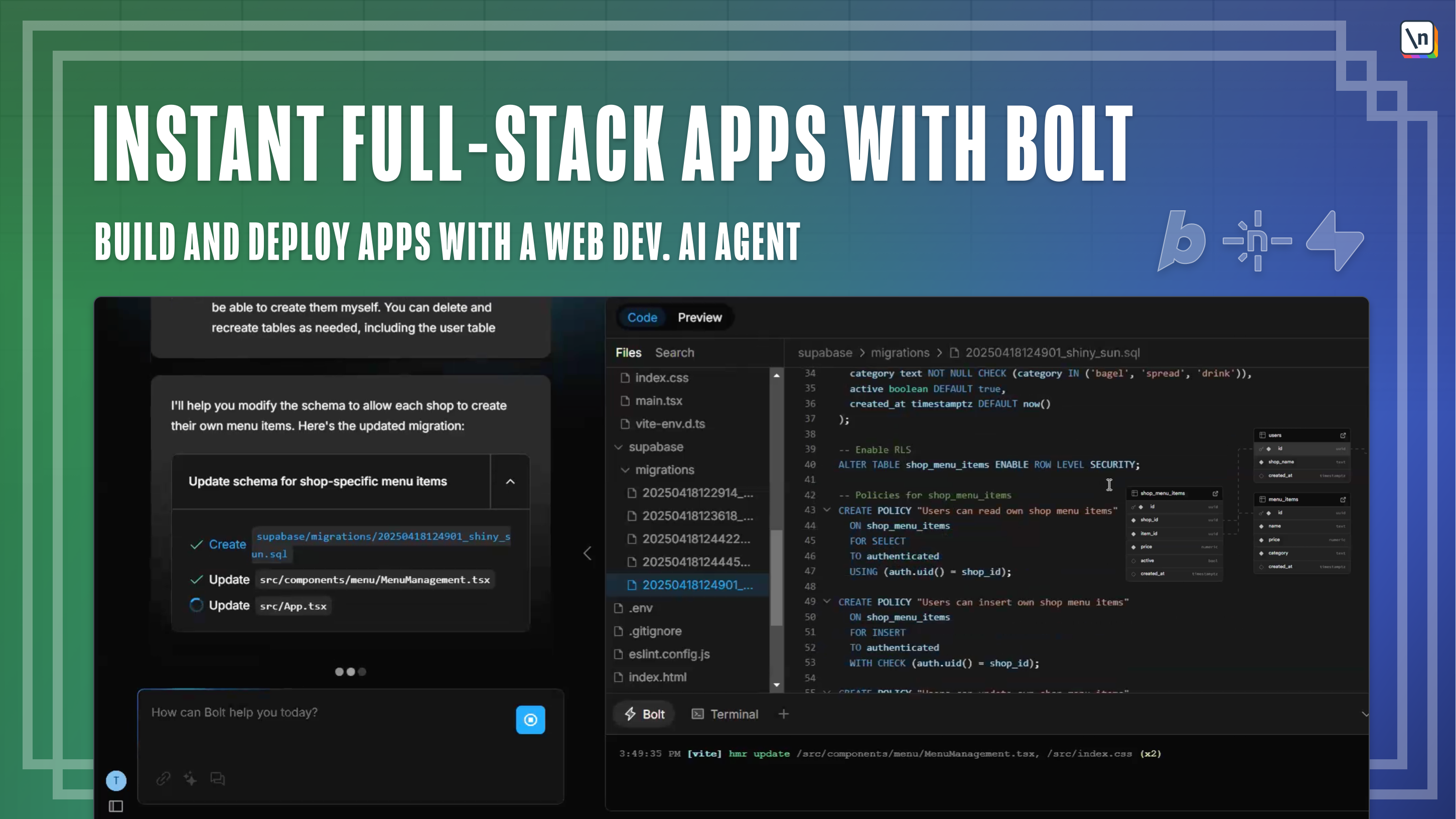Most Recent
Most Popular
Highest Rated
Reset
Lessons
view all ⭢lesson
The Inline-Cluster Design PatternMastering CSS LayoutThe inline-cluster pattern is used to place elements inline, set space between them, and cluster the elements when they run out of inline space.
lesson
The Stack Design PatternMastering CSS LayoutThe Stack design pattern is used when you need to stack elements on top of each other and set space between them.
lesson
Mastering CSS Layout WelcomeMastering CSS LayoutIntroduction to Mastering CSS Layout using Design Patterns


